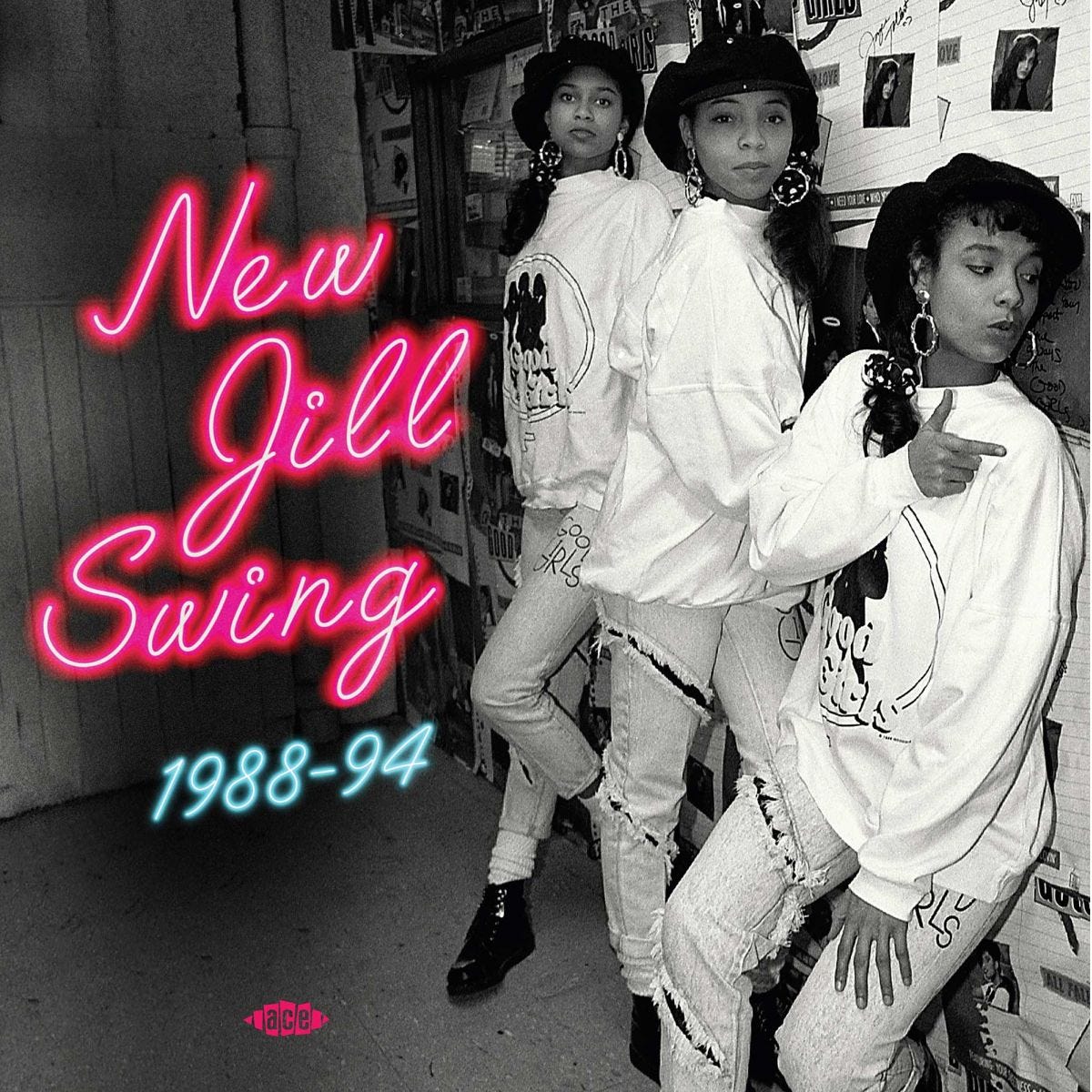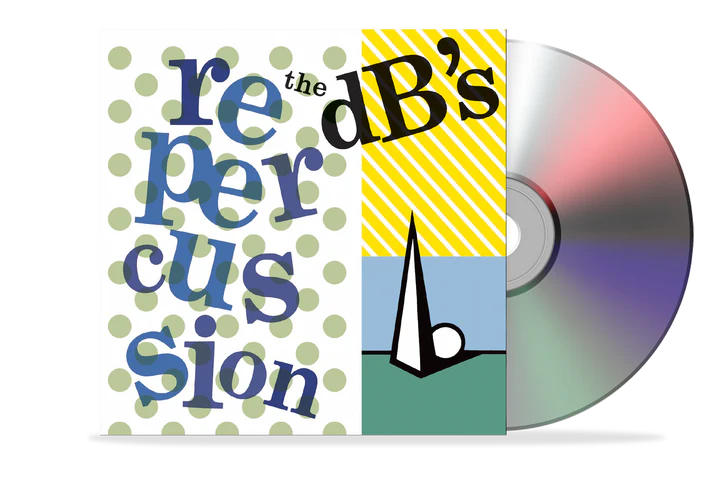Reissues: New Jill Swing, Hendrix, CSNY, Sinatra, the dB's, John Barry, Willie Nelson
Bob Stanley compiles New Jill Swing 1988-94, Hendrix in the studio in 70, CSNY live in 69, Sinatra reunites with Quincy Jones and punches out Mr. T, Willie Nelson songbook, and more.
New Jill Swing: 1988-94 [2024; 1988-1994]
Hip-hop has been part of pop's vernacular for so long, it can be difficult to remember there was a period where the lines were clearly drawn between hip-hop and R&B. Those divisions were in place during hip-hop's ascendency in the 1980s, the byproduct of R&B singers not wanting to sully their soul with rap—Prince, the era's leading genre-bender, sneered at hip-hop through much of the '80s, culminating in a series of potshots on The Black Album—while rappers generally sought harder sounds. When Run-D.M.C. broke into mainstream consciousness in 1986, it wasn't by adding pop, it was through covering Aerosmith with the assistance of Steven Tyler and Joe Perry. Another big hit of 1986 proved to have a greater influence on the trajectory of hip-hop and rap: Janet Jackson's Control, a production by Jimmy Jam and Terry Lewis filled with bustling, colorful rhythms.
Producer Teddy Riley ran with the fusions suggested by Control to develop New Jack Swing, the hybrid of hip-hop, soul, and pop that wound up transforming the sound of the American mainstream during the late 1980s and early 1990s—the epoch Alfred Soto calls the Poppy Bush Interzone. The impact of New Jack Swing echoed well into the new millennium but New Jill Swing: 1988-94 devotes itself to the years when the style was a specific, classifiable phenomenon. Producer/compiler Bob Stanley narrows his focus further by concentrating on women, believing that most New Jack Swing discourse is dominated by such acts as Blackstreet, Guy, and Bobby Brown.
By not including men, New Jill Swing: 1988-94 argues that this style can be considered the genesis of modern dance-pop, a field that's been dominated by women ever since New Jack Swing ran its course. That doesn't mean this compilation seems timeless. As buoyant and vibrant as it is, New Jill Swing: 1988-1994 is steeped in the sounds of its era, a time filled with tightly sequenced drum loops, slippery keyboard bass, synth stabs, and candied vocal harmonies, a combination that can be easily carbon dated to these particular years. Underneath that bustling surface, the blend of melodic songwriting and hip-hop rhythms is recognizable, seeming like the blueprint for the decades of pop to come. And there's a tangible pleasure to the lively, colorful studio constructions, particularly because Stanley balances radio remixes, single edits, and album versions, all on a quest for the versions that have a vivid pop. There are plenty of big hits here—it kicks off with SWV's "I'm So Into You," then works its with through Karny White's "The Way You Love Me," Pebbles's "Giving You the Benefit," Tara Kemp's "Piece of My Heart," Jasmine Guy's "Try Me" and En Vogue's "Lies"—but the collection is fueled by such excavated tracks as "What I Will Do To You," an intense, insistent deep cut from Ex-Girlfriend, who reached the Billboard Top Ten hit with "Why Can't You Come Home" in 1991 and never saw such heights again. Songs like these illustrate that charts weren't the only way to gauge the success of New Jack Swing; its time may have been brief, but it generated some indelible recordings.
Jimi Hendrix—Electric Lady Studios: A Jimi Hendrix Vision [2024; 1970]
The hook of Electric Lady Studios: A Jimi Hendrix Vision is that the box chronicles the birth of Electric Lady Studios, the recording studio the guitarist created with architect John Storyk and audio engineer Eddie Kramer in the late 1960s. Electric Lady opened in the summer of 1970, weeks before Hendrix's death. He managed to test drive the studio that summer, continuing work on his fourth studio album but not managing to bring the project to a close. Beginning with The Cry of Love in 1971, those recordings were recycled on countless posthumous releases, eventually coalescing into a canonical album with the 1997 release of First Rays of the New Rising Sun. Electric Lady Studios: A Jimi Hendrix doesn't seek to supplant that collection. Rather, it's an immersive experience, offering three discs of jams, alternate takes, and other ephemera, all recorded by Hendrix, drummer Mitch Mitchell, and bassist Billy Cox during June of 1970. The three discs are supplemented by a BluRay featuring a documentary about the studio along with 5.1 mixes of the 17 songs from First Rays of the New Rising Sun (not strictly a replication, as they're intercut with three bonus cuts whose inclusion throws off the '97 sequencing). The official line is that this contains 38 unreleased Hendrix tracks, an assessment that relies on particulars of mixes and takes, not unheard tunes; everything here is vaguely familiar even to those Hendrix followers who are not trainspotters. The preponderance of jams does mean this box isn't particularly easy to digest—the track dubbed as "The Long Medley" clocks in three minutes shy of a half hour—but this apparent flaw is ultimately the set's strength. All the extra space places an emphasis on Hendrix, Mitchell, and Cox discovering their shared language as a trio, seeking their way forward through funk vamps and blues riffs. The trio doesn't expand horizons so much as dig deep, allowing themselves to ride a groove whenever it takes them; on one version of "Astro Man," they stumble into Cream's galumphing "Politician." Given how often this material has been cannibalized, there's no shock of the new on Electric Lady Studios: A Jimi Hendrix Vision, yet its relaxed, winding pace is pleasurable.
Crosby, Stills, Nash & Young—Live at the Fillmore East 1969 [2024; 1969]
Capturing Crosby, Stills & Nash as they incorporate Neil Young into their close-knit dynamic, Live at Fillmore East, 1969 documents a date delivered almost halfway between CSN's eponymous debut and Déjà Vu, the 1970 studio LP that introduced CSNY. Here, the band play two sets, opening the concert with eleven acoustic songs, then closing the show with an electric set that culminates in a sixteen-minute jam on Young's "Down by the River." By definition, the band is a bit more unified during the electric segment, with Young playing winding, rangy guitar that intertwines with Stills's bluesier phrases. During the acoustic segment, Neil comes and goes, stepping forward to sing Buffalo Springfield's "On the Way Home" and "I've Loved Her So Long" and not making any impression on the opening "Suite: Judy Blue Eyes." All through the acoustic set, the spotlight shifts from songwriter to songwriter, shining brightly on Stills during a solo "4 + 20" then softening when Nash takes the lead on "Our House," a song that had yet to be released to the public. The freshness of the material is reflected in the performances. The collective doesn't lack for confidence—they were fresh from their triumphant Woodstock performance and Crosby, Stills & Nash was climbing the charts—but they were still settling into their stage show, a combination that gives both the quiet and loud moments a palpable sense of electricity.
The dB's—Stands for Decibels [2024; 1981]
The dB's—Repercussion [2024; 1981]
Propeller Sounds Records just reissued Repercussion, the second album from power pop legend the dB's, on both vinyl and CD. It joins Stands for Decibels, the debut that preceded Repercussion as a reissue earlier this year, a situation mirroring how both records appeared in the same calendar year of 1981. Listening to the albums back-to-back, it feels as if the gap is longer. Stands for Decibels is a nervy, live-wire record, Repercussion is slick and accomplished, a divide driven home by how "Living a Lie" opens the record with a blast of horns. The evolution between the two albums feels like the progression of '80s college rock in microcosm, even down to the latter being an early production by Scott Litt, who'd later achieve fame for his work with R.E.M. and Nirvana. The differing moods are as complementary as the songwriting styles of Peter Holsapple and Chris Stamey, letting the sour and sweet intermingle in tantalizing ways.
Frank Sinatra—L.A. Is My Lady [2024; 1984]
"I'd even punch out Mr. T for you," sings Frank Sinatra on "Until the Real Thing Comes Along" and that's not even the biggest tell that its parent album L.A. Is My Lady dates from 1984.







